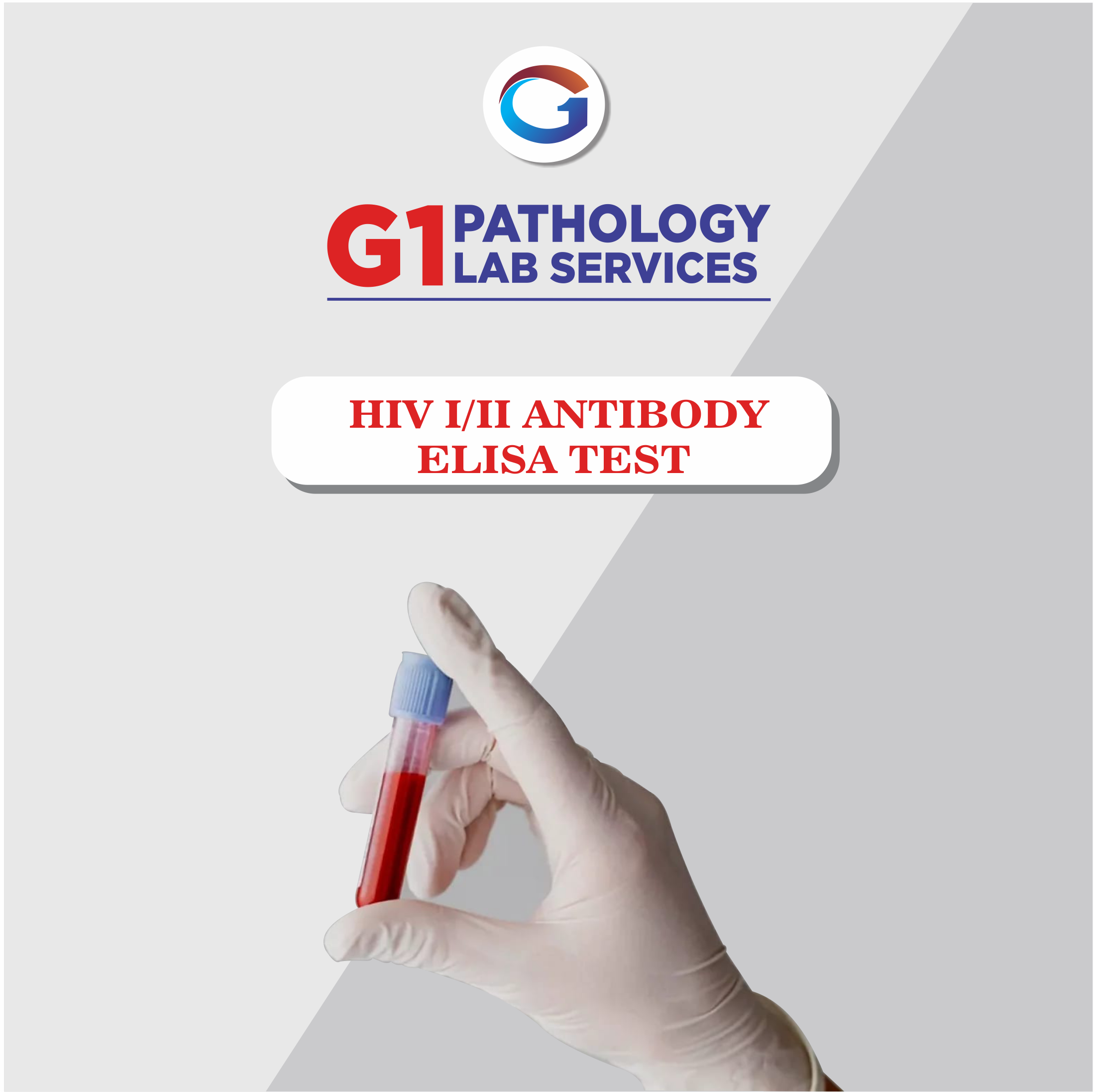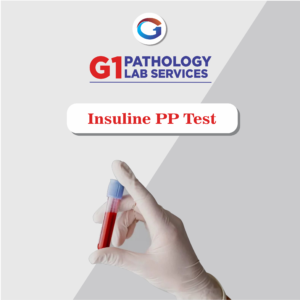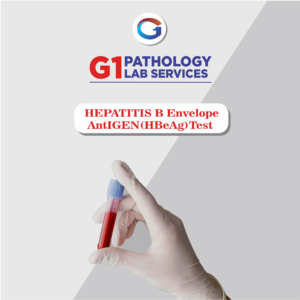Get this test done one to three months after you think you may have been exposed to the virus (the average time for the antibody to be detected is two to eight weeks after exposure to the virus); once a year if you are at increased risk of being exposed to the virus; when your doctor thinks that your signs and symptoms may be due to HIV; before becoming pregnant or when you are pregnant. An HIV test is used to detect HIV (Human Immunodeficiency Virus). There are many variants of HIV, but the most common are HIV-1 and HIV-2. They cause HIV infection that affects the immune system of our body. In advanced cases, it progresses to AIDS (Acquired Immunodeficiency Syndrome). The HIV test can also help determine whether it is caused by HIV-1 or HIV-2 virus. There are high chances of HIV infection if you have unprotected sexual activity, multiple sexual partners, HIV positive mothers, an infected needle for drugs, and an infected blood transfusion. The most common symptoms include fever and chills, fatigue, night sweats, sudden weight loss, muscle ache, swollen lymph nodes and rashes that may last for a few days to several weeks. Get an HIV test if you have been exposed to the mentioned activities and have symptoms. There are 4 types of HIV tests available: HIV Antibody screening tests: They are rapid tests. The test looks for a protein that the body produces within 2-8 weeks of infection. Antigen/antibody combination test: Antigens activate our immune system, and antibodies are produced by the immune system when exposed to HIV. The test looks for both HIV antigens and antibodies in the blood. Nucleic acid test (NAT): It is also known as the RNA test. It detects the virus and tells us how much virus (HIV viral load) is present in the blood. It is expensive and is not used for screening. It is advised when the person is at high risk or has early symptoms of HIV infection. It can diagnose HIV after 10 days of infection. Initially, antigen/antibody combination tests or Rapid antibody tests are advised for the screening of HIV infection. If the screening test results come positive, one more follow-up test is required to confirm the infection. Following are the confirmatory tests: Antibody differentiation test for HIV-1 and HIV-2 Indirect Immunofluorescence Assay or Western Blot test HIV-1 nucleic acid amplification test(NAAT) If you find out about infection through HIV Blood tests early, you can start the treatment immediately. India has the third-largest HIV epidemic in the world, with over 2 million HIV positive people. It is more prevalent in bisexual men, gay, and sex workers. Though it affects both the sexes, men are more susceptible to the infection than women in India. The National AIDS Control Programme has significantly helped in the reduction of new HIV infections. There are many social stigmas and myths associated with HIV that need to be addressed. Please note HIV does not spread by: Air or water Saliva, sweat, or tears Insects or pets Sharing food or drinks Sharing room or toilets
Shopping Cart







Reviews
There are no reviews yet.